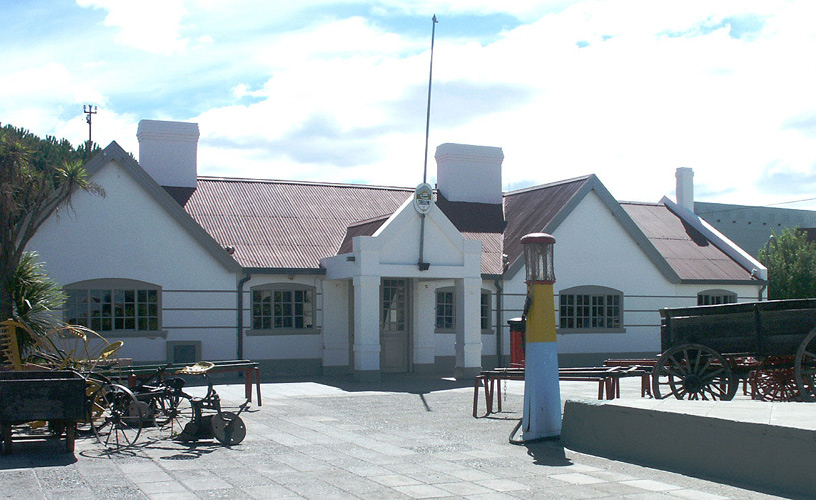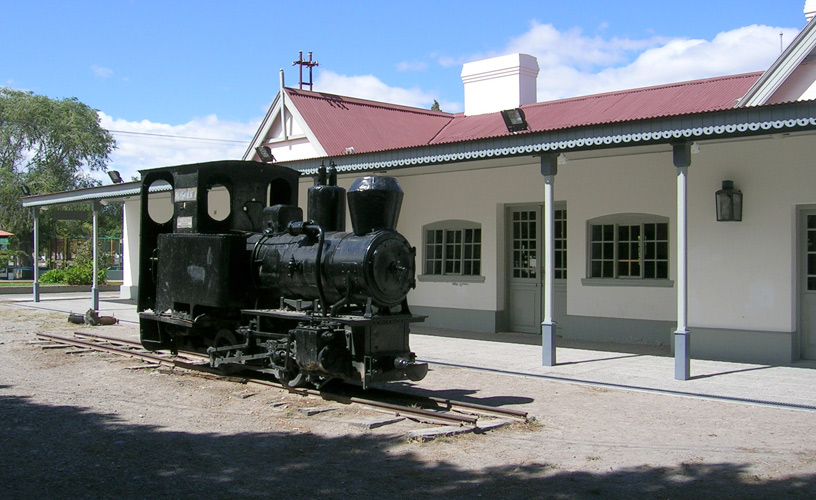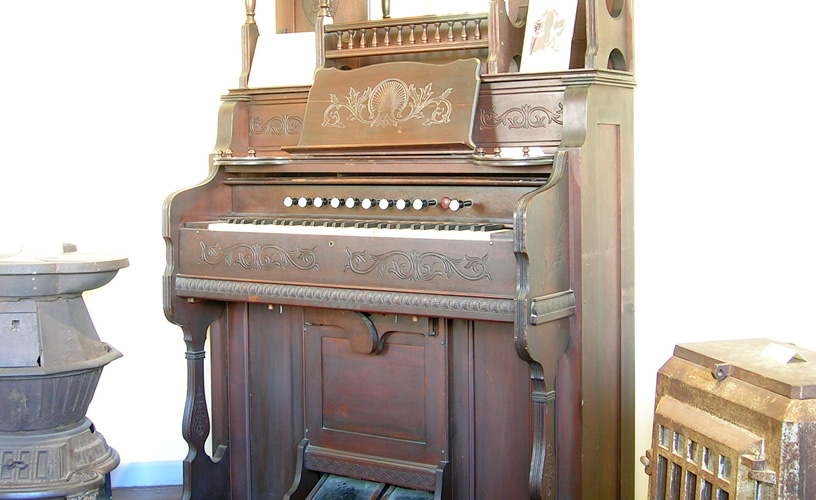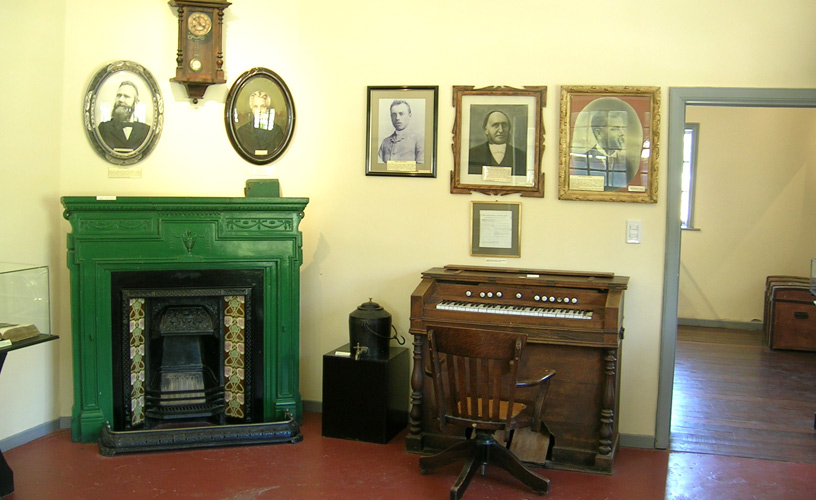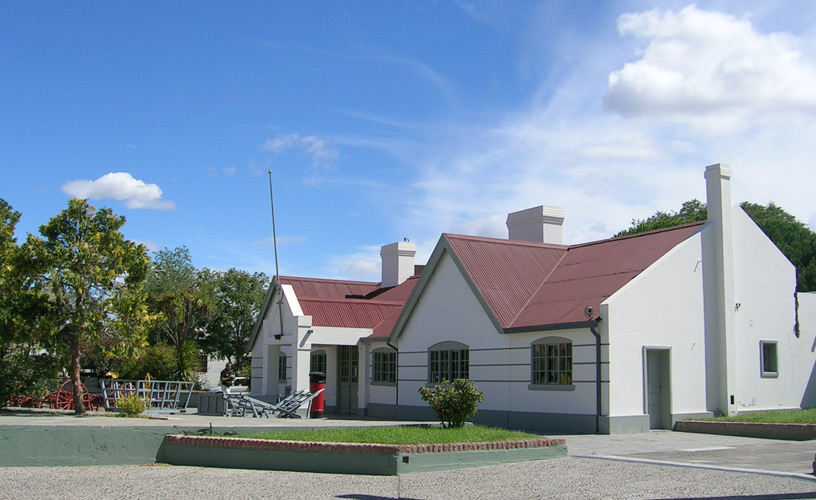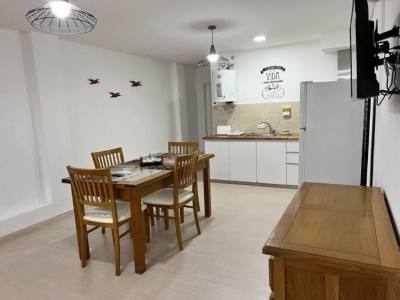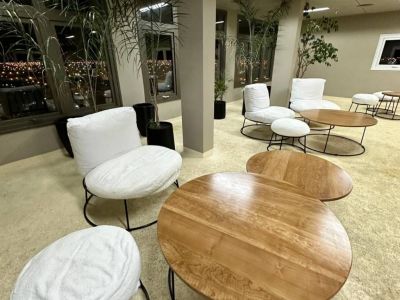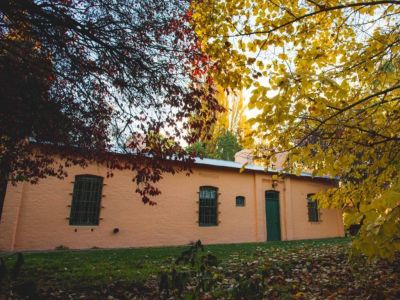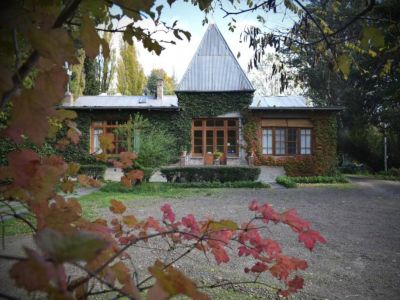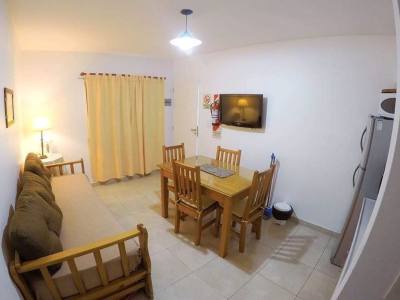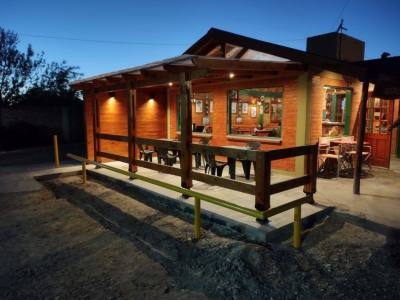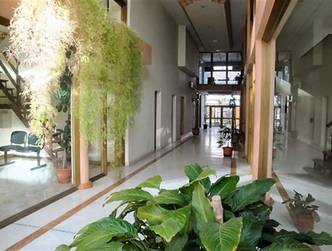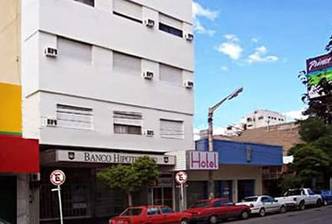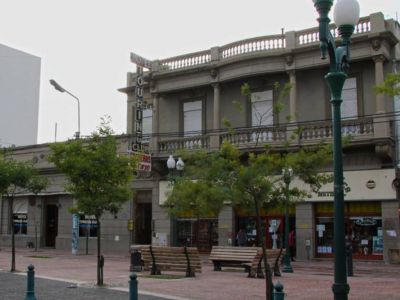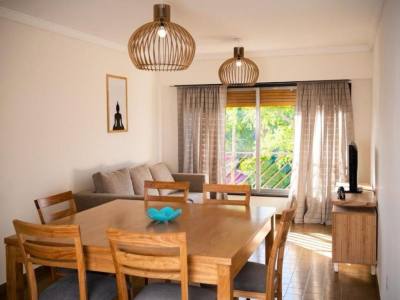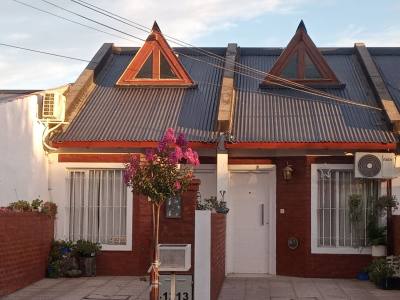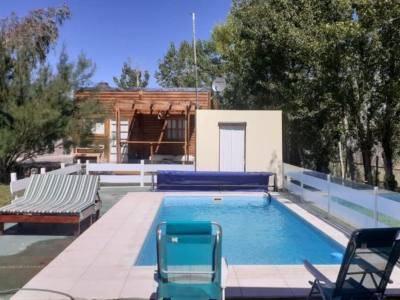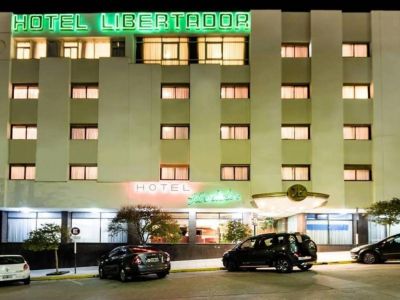The dwellers of Trelew are proud of the cultural and labor origins they inherited from the Welsh over 100 years ago. Pueblo de Luis Museum is the perfect way of becoming immersed in the history of the city. We entered the venue with a traveling spirit that made us feel like rescuing stories, origins and taking home the essence of those people who fought against all odds in the Patagonian steppe.
The walls of the old railway station date back to 1889 and shelter the vestiges left by thousands of Welsh travelers who could access Gulf Nuevo, on the Atlantic Ocean, from their farms in the Chubut River valley. The railway gave origin, life and practical sense to commercial, social and cultural exchange between this region and other organized centers.
How many stories are woven with the elements displayed in the rooms, which transport our imagination to those distant days when part of the European culture moved to our land. The Welsh, in their thirst for preserving their religious rites and daily and musical traditions, created a colony rich in intellectual values that made their hard agricultural tasks more enjoyable.
“Tre Lew” (“Lewis town” in the Welsh tongue, “Pueblo de Luis” in Spanish) is a tribute to Lewis Jones, one of the most vigorous fosterers of Welsh colonization in this area.
Pueblo de Luis, Life Stories
The museum is made up by seven rooms. Organized by themes, they show the presence of the first ethnical groups in Patagonia, namely: the Mapuches and the Tehuelches. There is also proof of the visit paid by explorers between 1520 and 1865. And finally, we saw evidence of the arrival of the Welsh immigrants. In addition to all this, some tools used in the rural tasks and elements related to the railway activities are on display.
The former railway station was declared National Historical Monument and part of the railway of approximately 70 kilometers of length, which corresponded to Chubut’s Central Railway, fundamental artery for the regional development of the Chubut River valley.
We stopped at every glass cabinet, at each document in which traces of the evolution of Trelew and the migratory currents that gave shape to the area were handwritten using quills. We listened to the guide: “The idea is to change this into an echo-museum. We want it to be a center of study and preservation of the regional past with an active contribution to the population, so that they do not forget their origins. Today, Trelew is an epicenter of regional culture.”
The museum continues outside, on the platform and Gobernador Costa Square, where agricultural pieces and a mall steam locomotive, tangible souvenirs from the past, are exhibited. The old waiting room welcomes educational material and special activities. The venue housing Pueblo de Luis Museum, along with Tabernacl Chapel, are the most ancient building testimonies in the City of Trelew.
We witnessed deeds and memories of a city that emerged thanks to the railway, the tenacity and perseverance of the Welsh colonists. Trelew deserves this dynamic tribute to value its heritage, preserve it and bequeath it to the generations to come.
Mónica Pons
Jorge González
